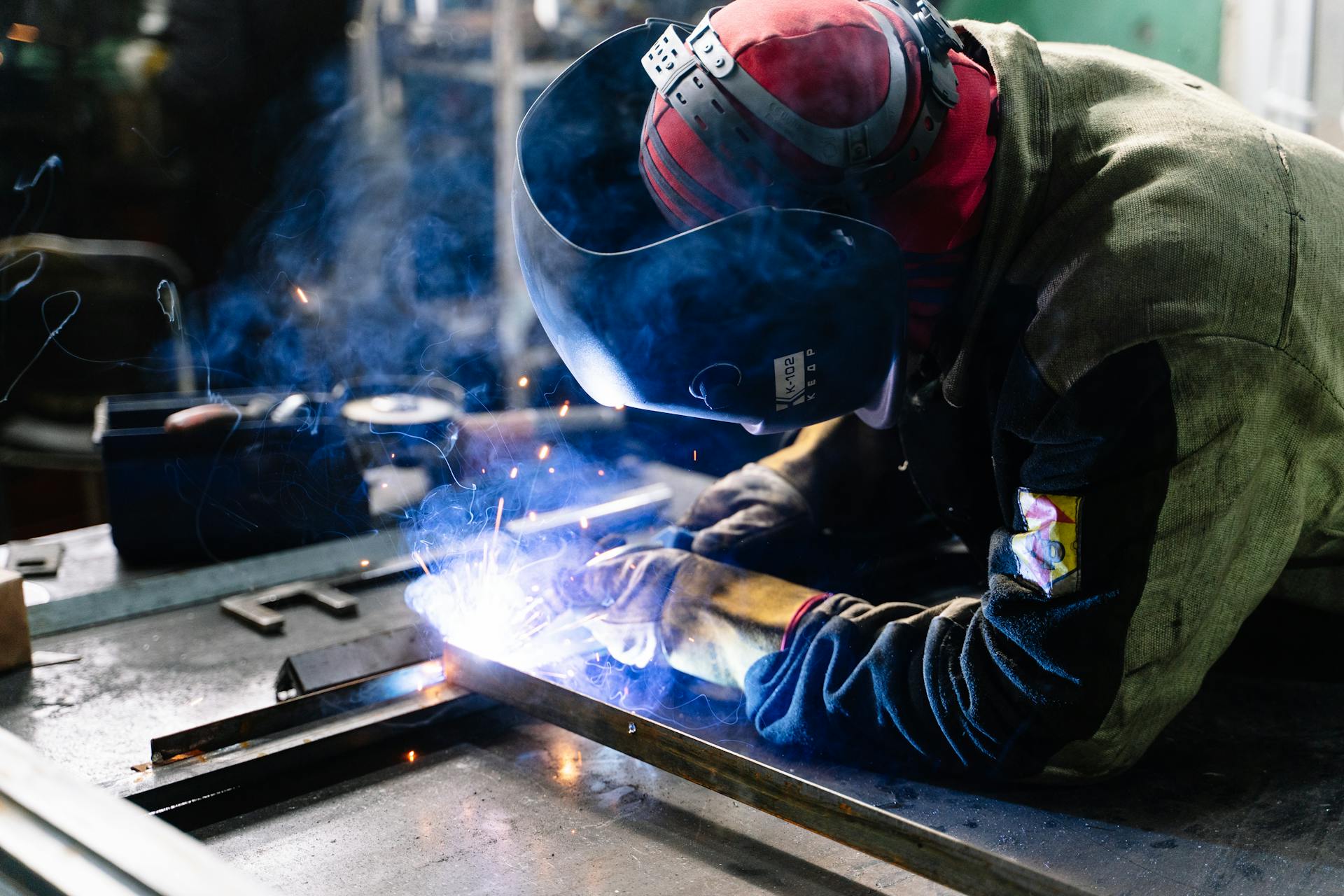Welding services play a pivotal role across various industries, particularly in the automotive and aerospace sectors. These fields require high precision and durability in their components, as they deal with intense operational demands. The significance of reliable welding solutions cannot be overstated; they directly impact the safety, performance, and longevity of vehicles and aircraft. Given the complex nature of manufacturing in these sectors, understanding the nuances of welding processes and their applications is crucial for anyone involved in these industries.
The Role of Welding in Automotive Manufacturing
In automotive manufacturing, welding serves as the backbone for assembling various parts, from car frames to engine components. The process combines two or more materials through intense heat, creating a bond that is often stronger than the materials themselves. This capability is essential considering how vehicles endure numerous stresses while in motion.
These methods ensure that high-strength materials like high-strength low-alloy steel or aluminum can be securely joined. For example, a study indicated that advanced welding techniques could improve structural integrity by over 30%, thus enhancing crash safety ratings by significant margins, according to the International Council on Clean Transportation.
Welding Techniques and Innovations
The automotive industry has embraced various innovative welding techniques that significantly enhance production capabilities and quality. Techniques such as robotic welding have streamlined assembly lines, offering consistency and higher production rates. Robotic welders perform tasks that might be challenging for human operators, reducing wasted materials and improving accuracy. Additive manufacturing techniques have begun to meld with traditional welding.
Wire arc additive manufacturing enables manufacturers to create complex parts that can be welded into existing components, drastically reducing material use and time spent on production. In the aerospace sector, the stakes are even higher, as any welding failure can have dire consequences. Thus, the need for precise and reliable welding solutions is ever-present. These methods must not only join materials but also address fatigue resistance and thermal stability due to harsh environmental conditions encountered during flight.
Importance of Welding in Aerospace Industries
The aerospace sector relies heavily on various welding types to fabricate components that withstand extreme conditions. Aircraft must endure high speeds, fluctuations in temperature, and immense pressure, which means that materials used in their construction require superior properties. The welding techniques used must guarantee that these components maintain integrity under operational stress.
Components such as fuel tanks, fuselages, and wings all depend on precise welding to ensure that they function effectively and safely. The role of welding extends into maintaining tightness in joints to prevent leaks, making it an integral aspect of the manufacturing process. Technological advancements in welding methods continue to enhance the aviation industry. Techniques such as Electron Beam Welding (EBW) and Friction Stir Welding (FSW) are leading the way in joining materials that traditional methods may struggle with, like titanium and complex aluminum alloys.
Enhancing Structural Integrity with Advanced Welding
Welding is essential for maintaining the structural integrity of aircraft, ensuring that components can endure extreme pressures and temperature variations. Modern techniques such as Electron Beam Welding (EBW) and Friction Stir Welding (FSW) provide superior strength and precision in joining advanced materials. These methods are particularly effective for aerospace components, which require exceptional durability while remaining lightweight to enhance fuel efficiency and performance. By minimizing defects such as porosity and cracks, advanced welding solutions contribute to safer and more reliable aircraft, reinforcing the critical role of welding in aerospace engineering.
Challenges in Welding for Automotive and Aerospace
Despite advancements, welding in these sectors faces several challenges. The need for strong materials often leads to the selection of alloys that are difficult to weld due to issues such as distortion or porosity. These challenges can necessitate specialized training for operators, not to mention the investments needed in equipment and technology. Another concern is the environmental impact of welding processes.
These approaches help manufacturers stay compliant with increasingly stringent regulations and societal expectations regarding environmental safeguards. Testing and certification represent another layer of complexity, particularly in aerospace manufacturing. Each welded component must undergo rigorous scrutiny, which can elongate production times. Such due diligence is crucial for ensuring that every part meets the safety standards mandated by aviation authorities.
The Impact on Operational Efficiency
The effectiveness of welding services directly correlates with operational efficiency in both the automotive and aerospace sectors. Shortening production times while maintaining quality control can significantly enhance competitiveness in the market. In aerospace, operational efficiency is linked to more than just manufacturing; it also influences maintenance schedules. Aircraft with superior welded components require less frequent inspections and repairs, which can lead to substantial savings over the lifespan of the aircraft.
Incorporating advanced welding technology can help minimize operational downtime, enabling the industry to meet growing demand effectively. Improving operational efficiency through quality welding practices allows manufacturers to optimize resource use while promoting sustainability initiatives. For example, minimizing the scrap generated through precise welding directly impacts the bottom line and meets corporate social responsibilities towards sustainable production methods.
The welding services integral to automotive and aerospace sectors ensure the quality, safety, and efficiency of the products that affect countless lives. From the assembly lines that create automobiles to the aircraft soaring above, high-quality welding remains a foundational element. As techniques evolve and new technologies emerge, the importance of these services will only magnify. With increased operations.


